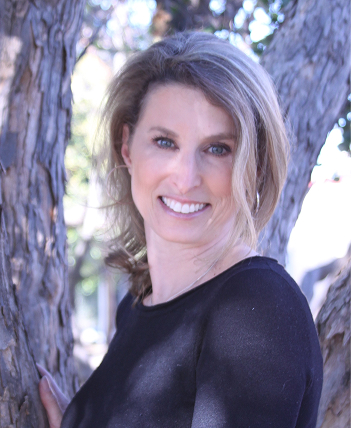
The October 2017 issue of Plastic and Reconstructive Surgery Journal had a bunch of articles and discussions about breast implants, biofilm, capsular contracture and ALCL.
I found this chart of the Surgical 14 Point Plan for Breast Implant Placement. So I decided to check what I do against it, to see if there is anything more I can do.
Their list (By Dr. Adams out of University of Texas Southwestern)
- Use IV antibiotics at time of anesthesia induction
- Avoid periareolar or axilla incisions
- Use nipple shields to prevent spillage of bacteria into pocket.
- Use careful atraumatic dissection to minimize devascularized tissue
- Perform careful hemostasis
- Avoid dissection into the breast parenchyma (breast tissue)
- Use of a dual plane pocket (ie go under the muscle)
- Perform pocket irrigation with triple antibiotic solution +/- betadine
- Take steps to minimize skin contamination (re prep, wipe skin, barriers, sleeves)
- Minimize implant open time and replacement of implant or sizers
- Change gloves before handling and use new or cleaned instruments and drapes
- Avoid using drains
- Use a layered closure
- Use antibiotic prophylaxis to cover subsequent procedures that breach the skin or mucosa.
My score? 13/14.
The only thing on this list I do not do is use nipple shields. Not sure about that one. When I do the surgery I am not near the nipple. I usually use the incision under the breast, so my incision, the implant, and all work is far from the nipple.
I do some things in addition to this list- I have my patients prep with surgical prep for days ahead of surgery to help decontaminate their skin. (Doing repeated skin preps has been shown to decrease the number and types of bacteria present naturally on the skin, and by doing this it lowers rates of infection following all surgeries.) Prior to placing the implant I use triple antibiotics liberally everywhere- I wash the skin and incision, I irrigate out the pocket the implant is going into, I soak any instrument which may touch the pocket or implant, and I soak the implant. I would add the Keller funnel to this mix- it means I don’t touch your implant when placing it, and the implant doesn’t touch the skin or the incision as it is placed.
YOUR TAKEHOME MESSAGE?
I get the list above is overwhelming. For the short Cliff Notes:
- Put your implant under the muscle
- The safest incision is under the breast, what we call the IMF (inframammary incision.)
- Get a surgeon who believes in biofilm
- Get a surgeon who does a careful sharp dissection (to reduce trauma to tissue) and stops all bleeding (no bruising looks better, and doesn’t need drains).
This is so important to avoid biofilm and trying to limit what may lead to BII (Breast Implant Illness).
The information provided on this website is for general informational purposes only and does not constitute medical advice, diagnosis, or treatment. Always seek the advice of a qualified healthcare provider for any questions regarding your health or medical condition.
